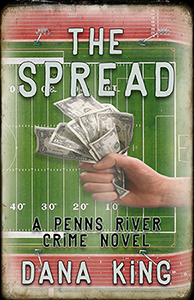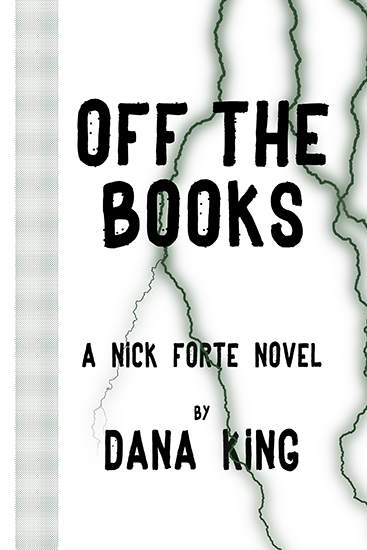2021 was better than 2020, which is like saying Al Pacino is taller than Danny DeVito. Maybe using Pacino as an example is selling 2021 a little short. Let’s say Michael Keaton.
We’ll get the
unpleasantness out of the way first. We had to cancel another trip to
New Orleans because of the virus. This time was a double whammy, as the delta
variant forced a cancellation of Bouchercon, so not only did we not get to
visit Dr. Sole Heir™ and Lieutenant Son-in-Law™, but we also missed the largest
crime fiction conference of the year. I have strong opinions on the topic, but
this is neither the time nor place for them.
That, along
with the myriad of things the virus subjected us all to, was the downside.
To 2021’s
credit:
·
No one close to us died. That made
the year better right there.
·
I retired on January 1. I
thoroughly enjoy having more free time, though it has been an adjustment. I
worked from home the previous ten years, so there was no obvious change to my
routine. My natural laziness has served me well in this regard.
·
My vision appears to have
stabilized. The frequency of injections has dropped from every four weeks to
six. What I lost is gone forever, but I’m not losing anymore, at least for the
time being.
·
A new Penns River novel, Leaving
the Scene, came out in May, courtesy of Down & Out Books
·
In preparation for our big western
trip, we made an overnighter to Pittsburgh to buy fish and pick up some local
water, an important component to replicating a family recipe for Syrian bread.
·
The year’s Big Event™ was a 5,000+
mile western trip that included
o
An authentic Western town
o
The Badlands in South Dakota
o
Custer State Park (also in South
Dakota)
o
Devils Tower (drive-by; the line to
get in was hellacious)
o
Yellowstone, for two glorious days
o
Buffalo Bill’s Museum of the West
o
A rodeo (Now Corky can truthfully
say, “This ain’t my first rodeo.”)
o
A great and relaxing weekend with
my brother’s family in Colorado
o
Three days in Hamilton MO, the Quilting
Capital of the World. Corky went into every shop owned by the Missouri Star Quilt
Company (twice), and then some. If you’re ever in Hamilton, be sure to hit the
Levi Garrison tap room. We ate there all three nights, even though we had to
have the food delivered and Corky doesn’t drink beer.
o
The Louisville Slugger Factory and
Museum
o
The Kentucky Horse Park
I
can recommend everything on this list with a clear conscience if you’re ever in
one of these areas.
·
We finally got to go to a
conference again, as Creatures, Crimes, and Creativity resumed in September.
Everyone was with the program on vaccinations and safe conduct. No one – no one
– got sick.
·
Another overnight trip, this time
to Yonder Bar in Hillsborough NC for a special, horror-oriented Noir at the Bar
for Halloween.
·
A weekend in Pennsylvania, where
we met up with my brother’s family, Dr. Sole Heir™, and her mother to say
good-bye to Mom. It was a true celebration of her life, and everyone left with
good feelings.
In other
family news:
·
Dr. Sole Heir entered her final
year of residency at Tulane. She made it through the delta variant surge Version
1 and is looking forward to graduating in June of 2022. She’ll begin a
cardiology fellowship at the University of South Florida in Tampa in the fall.
·
The Sole Son-in-Law earned his pilot’s
wings. His new USCG permanent duty station will be in Clearwater FL flying
helicopters.
·
They are this close to buying
a house in Tampa, which will allow them to live together full-time for the
first time. (They were married in May of 2018, so yay for them.)
·
They got a puppy, a yellow Lab
named Reny. “Puppy” is now a stretch, as he’s up to around 80 pounds
So
maybe using Michael Keaton as 2021’s avatar was a little harsh; lots of good
stuff happened. Let’s say the year was Kevin Costner. Not Shaquille O’Neal, but
still pretty well up there.
The
Beloved Spouse™ and I hope your year was at least as good.
Stay
well, and let’s be careful out there.



